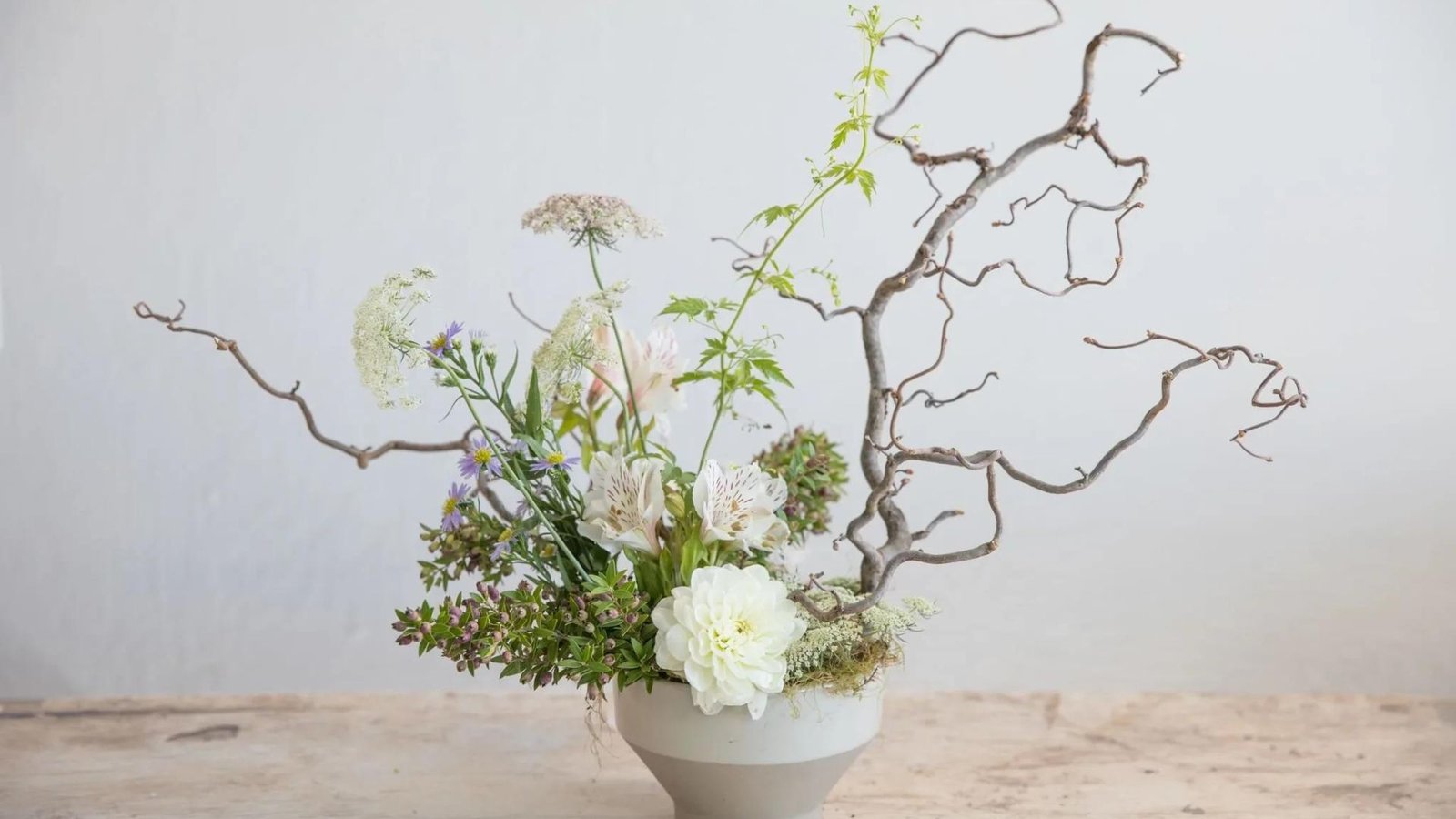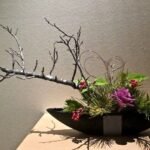Exploring the Art of Ikebana: Japanese Flower Arranging
Ikebana, the traditional Japanese art of flower arranging, is more than just placing flowers in a vase. It is a refined art form that reflects harmony, balance, and the beauty of nature. Rooted in centuries-old practices, Ikebana combines aesthetic principles with spiritual values, creating arrangements that are both visually striking and deeply meaningful. Here’s a detailed exploration of this captivating art form.

The History of Ikebana
Ikebana has its origins in the 7th century, when it was introduced by Buddhist monks who brought floral offerings to temples. Over time, it evolved from simple offerings into a formal art, influenced by various Japanese cultural and religious practices. By the 15th century, Ikebana had become a recognized art form with established schools and styles.
Core Principles of Ikebana
**1. Harmony and Balance At the heart of Ikebana is the principle of harmony. Arrangements are designed to reflect a balance between the natural elements of the flowers, branches, and leaves, and the space around them. This balance is achieved through careful consideration of shape, color, and proportion.
**2. Asymmetry and Minimalism Unlike Western floral arrangements that often aim for symmetrical designs, Ikebana embraces asymmetry. The art form values simplicity and minimalism, focusing on a few carefully selected elements to convey a message or emotion. This approach highlights the beauty in restraint and allows each component to stand out.
**3. Line and Space Ikebana arrangements often emphasize the use of lines and space. The placement of each element is deliberate, with negative space playing a crucial role in the overall composition. This technique creates a sense of flow and movement, guiding the viewer’s eye through the arrangement.
Styles of Ikebana
**1. Ikenobo As one of the oldest and most traditional schools of Ikebana, Ikenobo focuses on classical arrangements that emphasize vertical lines and balanced proportions. It often features a structured approach with specific guidelines for arranging flowers.
**2. Ohara The Ohara school emphasizes naturalistic designs, reflecting the beauty of flowers in their natural habitat. Arrangements often mimic the shapes and forms found in nature, incorporating a more organic and free-flowing style.
**3. Sogetsu Sogetsu Ikebana encourages creativity and experimentation, allowing practitioners to explore unconventional materials and styles. This school of Ikebana values personal expression and innovation, making it accessible to modern interpretations of the art.
Techniques and Tools
**1. Kenzan (Flower Frog) A Kenzan is a traditional tool used in Ikebana to hold flowers in place. It consists of a metal base with spikes that secure the stems, allowing for precise placement and adjustment.
**2. Scissors and Wire Special floral scissors and wire are essential tools in Ikebana. Scissors are used for trimming stems and shaping foliage, while wire helps secure and position branches and flowers within the arrangement.
**3. Vases and Containers Ikebana arrangements are placed in various types of vases and containers, each chosen to complement the design. The choice of container can significantly impact the overall aesthetic of the arrangement.
The Spiritual Aspect of Ikebana
Ikebana is deeply intertwined with Japanese philosophy and spirituality. The process of arranging flowers is often meditative, providing an opportunity for self-reflection and connection with nature. Practitioners may find a sense of peace and fulfillment in the act of creating beauty from simple elements.
Conclusion
Ikebana is more than just a method of arranging flowers; it is a profound art form that embodies the principles of harmony, balance, and simplicity. By understanding its history, principles, and techniques, one can appreciate the depth and beauty of this traditional Japanese practice. Whether you are a seasoned practitioner or a curious beginner, exploring Ikebana offers a unique way to connect with nature and experience the artistry of flower arranging.



